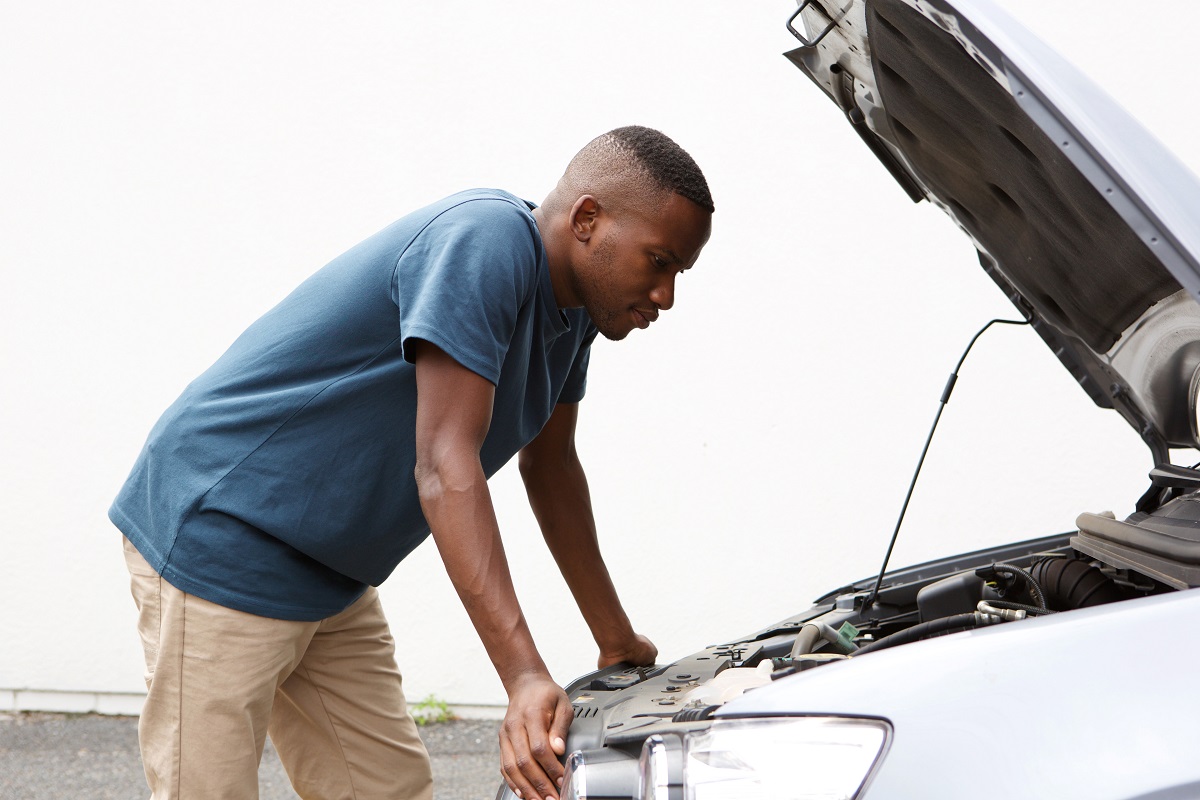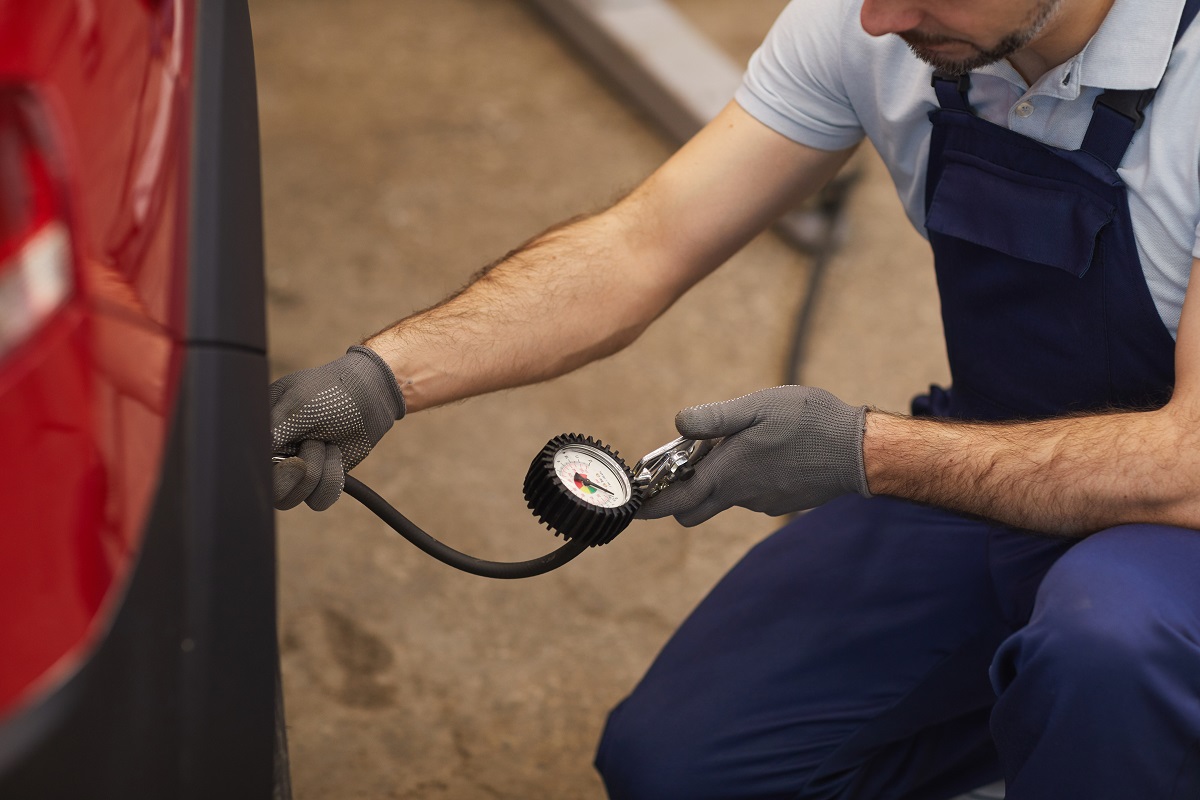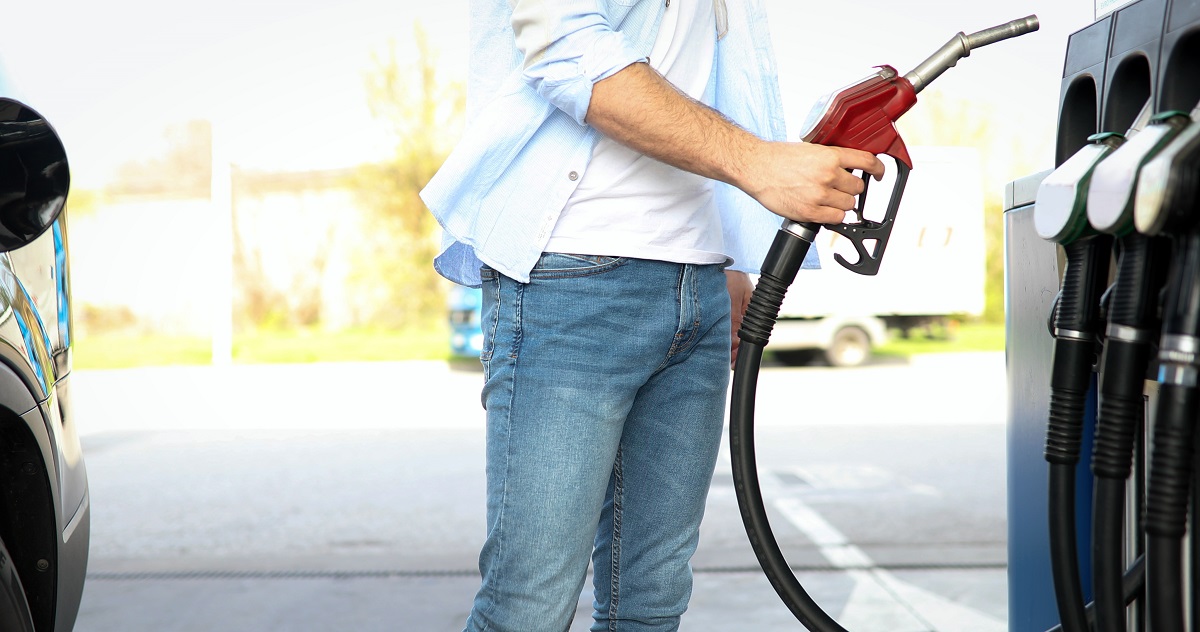What car maintenance tips should you follow?
- Maintain tire pressure
- Fill up coolant
- Top up fuel tank
- Change car battery
Owning a car entails many responsibilities. Sure, it offers you an easier mode of transport from one location to another, but if you don’t even know the basics of a car maintenance checklist, then you might endanger your vehicle from excessive wear and tear. Although some maintenance practices may cost you a fee, it’s nothing compared to the expenses you’ll potentially spend when there is irreparable damage to your vehicle.
Every car owner — be it a first-time user or an experienced one — should always be aware of how to properly maintain their vehicle. Continue reading to learn more.
Maintain Tire Pressure
One of the first things you should do is to make sure that your tire pressure is at the right range. Rubber tire manufacturers have different specifications for this, but the pressure levels usually fall in the 30 to 35 psi range.
A well-inflated tire not only prevents bursts or flat tires but also improves your fuel efficiency. Your car doesn’t use up too much fuel because the wheels are able to drive smoothly on the road. You’re also protecting yourself against potentially harmful or even life-threatening accidents on the road.
Recharge Coolant
Almost all kinds of modern vehicles are built with an air conditioning unit. This is what helps keep driver’s cool during hot days or when they’re stuck in a traffic jam.
However, like many components of a vehicle, the air conditioning system also needs to be maintained by filling up the coolant. Also known as the refrigerant, this is the fluid that emits the cool air that most drivers take for granted.
A good sign that there’s a problem with the A/C unit is if you find yourself needing to turn up the thermostat compared to before. Due to the average wear and tear, it’s also possible that some of the coolant may leak and will cause the cooling unit to function poorly.
Top Up Fuel Tank
As a cost-cutting measure, most drivers would fill up their tank when the needle is almost pointing at the empty fuel line. While this can save up money in the short term, it does cause strain and damage to your engine.
Aside from enabling you to drive your car for long distances, the fuel also functions as a lubricant of your fuel pump. This may cause excessive heating in the engine that you definitely wouldn’t want to happen.
Make it a habit to fully fill up your fuel tank every week. As much as possible, you wouldn’t want to get the level past the halfway point. This also benefits you, in that you don’t have to make too many one-time trips to service stations.
Recharge Car Battery
You’ve probably experienced it at some point — you turn your keys on the ignition but instead of starting your car, you end up simply with a whirring sound that might even frustrate you.
In the situation above, a likely culprit is a discharged car battery that renders your car immobile until you can get a hold of a car battery repair technician to solve the issue. To avoid this from ever happening at all, you should also keep it a point to recharge your car battery every two weeks. In this way, you won’t be inconvenienced by a broken-down car. You’re also prolonging the life and improving the performance of your car battery.
Key Takeaway
Combine all of the tips in this guide, and you now have a good starting point in coming up with your own car maintenance checklist. Remember that your car is only as good as how you take care of it. It doesn’t matter if you own a top-of-the-line model — if you don’t have any idea of the basics, then you can expect to spend too much on repairs.
By following tips like inflating your tires whenever necessary, maintaining A/C coolant levels, recharging the battery, or having a full fuel tank, you can minimize the level of wear and tear and improve the performance of your car.



